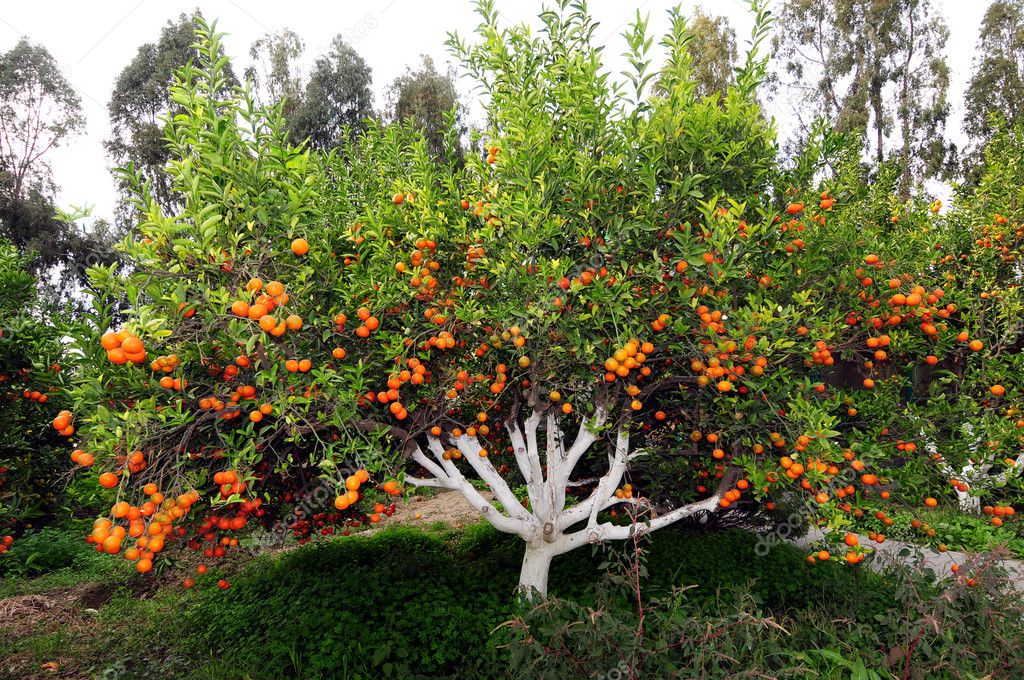
Citrus Essential Oils: Flavor and Fragrance.

However, following its introduction to California in 1888, yuzu is cultivated and available for sale in the United States. This is intended to prevent the spread of contagious diseases amongst domestic crops. In the United States, the Department of Agriculture has a ban on the import of fresh yuzu (alongside most citrus plants) from abroad, including both the fruit and the trees. Elsewhere īeginning in the early 21st century, yuzu has been increasingly used by chefs in the United States and other Western nations, achieving notice in a 2003 article in The New York Times. The body of the taepyeongso, a Korean traditional oboe, close to the Chinese Suona or the Zurna, is often made from jujube, mulberry, or yuzu wood. The yuzu bath, known commonly as yuzu yu (柚子湯), but also as yuzu buro (柚子風呂), is said to guard against colds, treat the roughness of skin, warm the body, and relax the mind. The fruit may also be cut in half, allowing the citrus juice to mingle with the bathwater. Whole yuzu fruits are floated in the hot water of the bath, sometimes enclosed in a cloth bag, releasing their aroma. In Japan, bathing with yuzu on Tōji, the winter solstice, is a custom that dates to at least the early 18th century.
JAPANESE TANGERINE TREE SKIN
Yuzu is also known for its characteristically strong aroma, and the oil from its skin is marketed as a fragrance. It is used extensively in the flavoring of many snack products, such as Doritos. Yuzu is used to make various sweets, including marmalade and cake. It is often used along with sudachi and kabosu. Slivered yuzu rind is used to garnish a savory, salty egg-pudding dish called chawanmushi, as well as miso soup. It is used to make liquor (such as yuzukomachi, 柚子小町) and wine. Yuzu kosho (also yuzukosho, literally "yuzu and pepper") is a spicy Japanese sauce made from green or yellow yuzu zest, green or red chili peppers, and salt. Yuzu is often combined with honey to make yuzu hachimitsu ( 柚子蜂蜜), a kind of syrup that is used to make yuzu tea ( 柚子茶), or as an ingredient in alcoholic drinks such as the yuzu sour ( 柚子サワー). It is an integral ingredient (along with sudachi, daidai, and other similar citrus fruits) in the citrus-based sauce ponzu, and yuzu vinegar is also produced. The yuzu's flavor is tart and fragrant, closely resembling that of the grapefruit, with overtones of mandarin orange. Though rarely eaten as a fruit, yuzu is a common ingredient in Japanese cuisine, where the aromatic zest (outer rind) and the juice are used much in the same way that lemons are used in other cuisines. Yuzu's domestic production is about 27,000 tons (2016). ĭangyuja, a Korean citrus fruit from Jeju Island, is often considered a type of yuzu due to its similar shape and flavor, but it is genetically a variety of pomelo. Another variety of yuzu in Japan, with knobby skin, is called shishi yuzu ( 獅子柚子, literally "lion yuzu"). A sweet variety of yuzu known as the yuko, only present in Japan, became severely endangered during the 1970s and 1980s a major attempt has been made to revive this varietal in southern Japan. In Japan, an ornamental version of yuzu called hana yuzu ( 花柚子, 花ゆず) "flower yuzu" is also grown for its flowers rather than its fruit. It is unusual among citrus plants in being relatively frost-hardy, due to its cold-hardy Ichang papeda ancestry, and can be grown in regions with winters as low as −9 ☌ (16 ☏) where more sensitive citrus would not thrive. To shorten the duration to fruiting, it may be grafted onto karatachi ( P.


It grows slowly, generally requiring ten years to fruit. It was introduced to Japan and Korea during the Tang dynasty and is still cultivated there.

The yuzu originated and grew wild in central China and Tibet region. Yuzu (left) compared to mandarin orange (right)


 0 kommentar(er)
0 kommentar(er)
